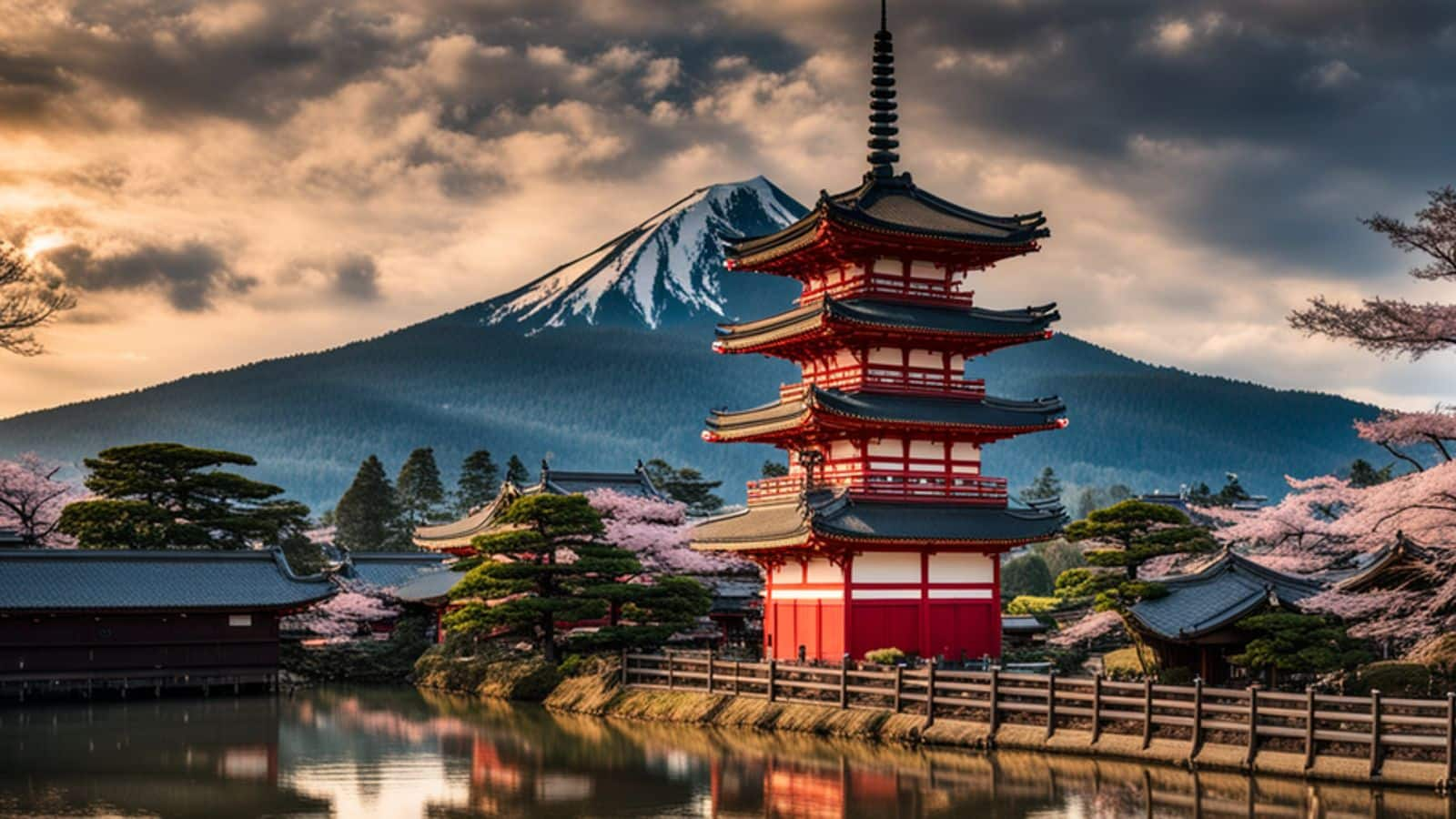
Step back in time: Discovering Kyoto, Japan's historical journey
What's the story
Kyoto, once Japan's capital, is a city where history and the present converge.
Celebrated for its classical Buddhist temples, tranquil gardens, grand imperial palaces, Shinto shrines, and traditional wooden houses, it encapsulates Japanese culture and history.
Offering a distinctive journey through time, Kyoto stands as a vital destination for travelers eager to explore Japan's storied heritage.
Temple tour
Walk amongst centuries-old temples
Kyoto, home to over 2,000 temples and shrines, invites exploration.
Begin at Kinkaku-ji, the iconic Golden Pavilion beside a serene pond.
Then, visit Fushimi Inari-taisha Shrine, renowned for its myriad vermilion torii gates that snake through Mount Inari's forest.
These sites offer breathtaking views and a deep sense of peace, preserving spirituality through the ages.
Geisha district
Stroll through traditional Gion
Gion is Kyoto's most famous geisha district.
Walking through its streets in the evening offers travelers a glimpse into ancient Japanese entertainment culture.
The wooden machiya houses line up the streets beautifully lit by lanterns at night.
While sightings of geiko (Kyoto dialect for geisha) or maiko (apprentice geisha) are rare and special, Gion's atmosphere provides a vivid sense of old Kyoto's lifestyle.
Garden visit
Experience zen in Japanese gardens
Japanese gardens are designed to bring peace and harmony to their visitors.
Ryoan-ji Temple is famous for its karesansui (dry landscape) rock garden that invites contemplation and introspection.
Similarly, the moss garden of Saiho-ji requires reservations but offers an unparalleled experience with its lush greenery enveloping serene ponds - a perfect representation of Zen Buddhism principles.
Craftsmanship
Dive into traditional crafts
Kyoto excels in preserving traditional Japanese crafts - from pottery to textile weaving.
Participate in workshops available throughout the city to try your hand at creating Kiyomizu pottery or weaving Kyo-yuzen silk fabrics used in kimono making.
These activities not only provide insight into centuries-old techniques but also allow you to take home a piece of Kyoto's cultural heritage.